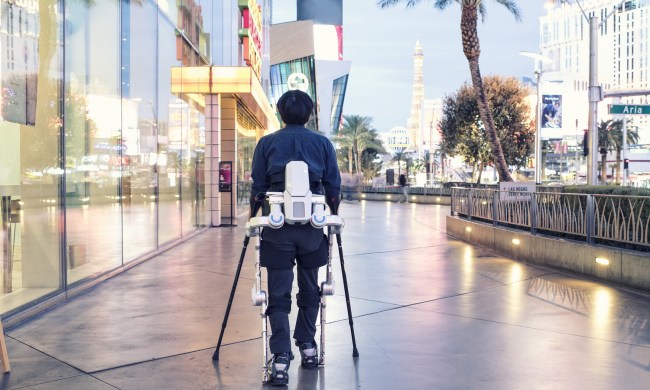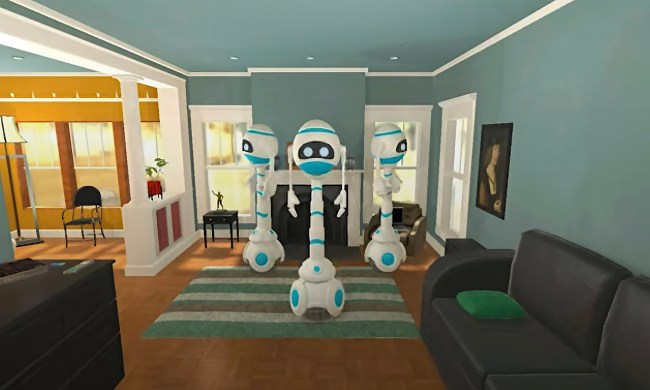Not content with getting freakishly good at cerebral games like chess and Go, it seems that artificial intelligence is now coming for the kind of fun games we played as kids (and childish adults). With that in mind, researchers from the Massachusetts Institute of Technology (MIT) have developed a robot which uses the latest machine learning computer vision to play everyone’s favorite tower-toppling game Jenga.
If it’s been a while since you played Jenga, the game revolves around a wooden tower constructed from 54 blocks. Players take it in turns to remove one block from the tower and place it on top of the stack. Over time, the tower gets taller and, crucially, more unstable. The result is a game of impressive physical skill for humans — and, now, for robots as well.
MIT’s Jenga-playing bot is equipped with a soft-pronged gripper, force-sensing wrist cuff, and external camera, which it uses to perceive the block-based tower in front of it. When it pushes against a block, the robot takes visual and tactile feedback data from the camera and cuff, and weighs these up against its previous experiences playing the game. Over time, it figures out when to keep pushing and when to try a new block in order to stop the Jenga tower from falling.
“Playing the game of Jenga … requires mastery of physical skills such as probing, pushing, pulling, placing, and aligning pieces,” Alberto Rodriguez, assistant professor in the Department of Mechanical Engineering at MIT, said in a statement. “It requires interactive perception and manipulation, where you have to go and touch the tower to learn how and when to move blocks. This is very difficult to simulate, so the robot has to learn in the real world, by interacting with the real Jenga tower. The key challenge is to learn from a relatively small number of experiments by exploiting common sense about objects and physics.”
On face value, the idea of a robot whose only mission is to play Jenga doesn’t sound like it has much real-world applicability. But the concept of a robot that can learn about the physical world, both from visual cues and tactile interactions, has immense applicability. Who knew a Jenga-playing robot could be so versatile?


